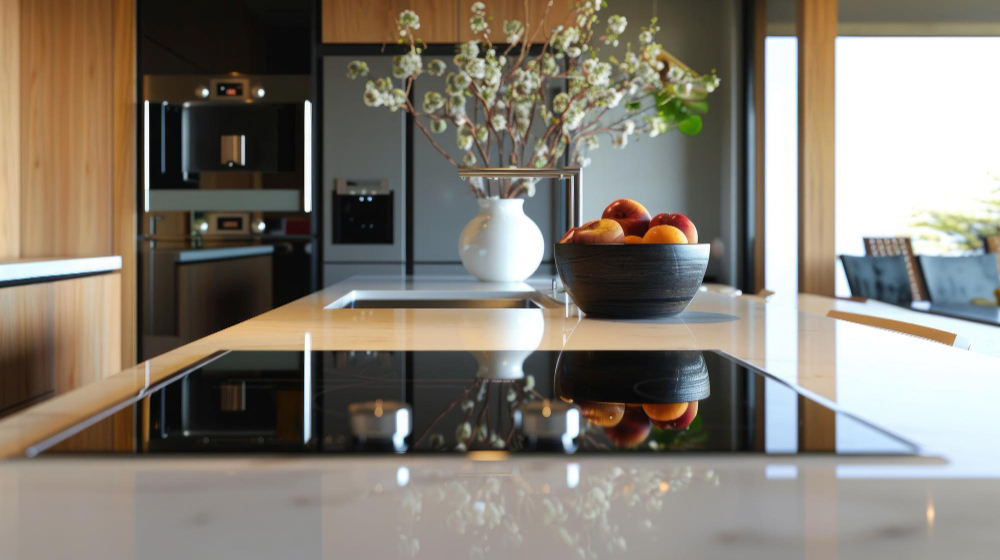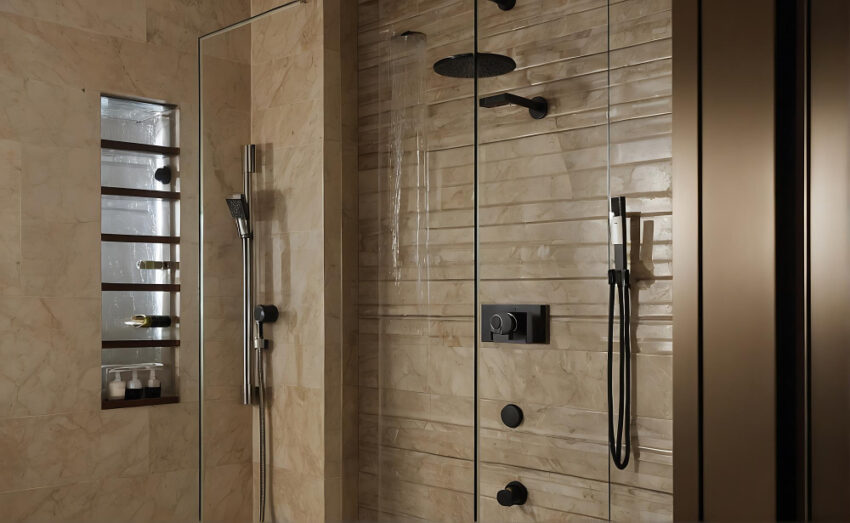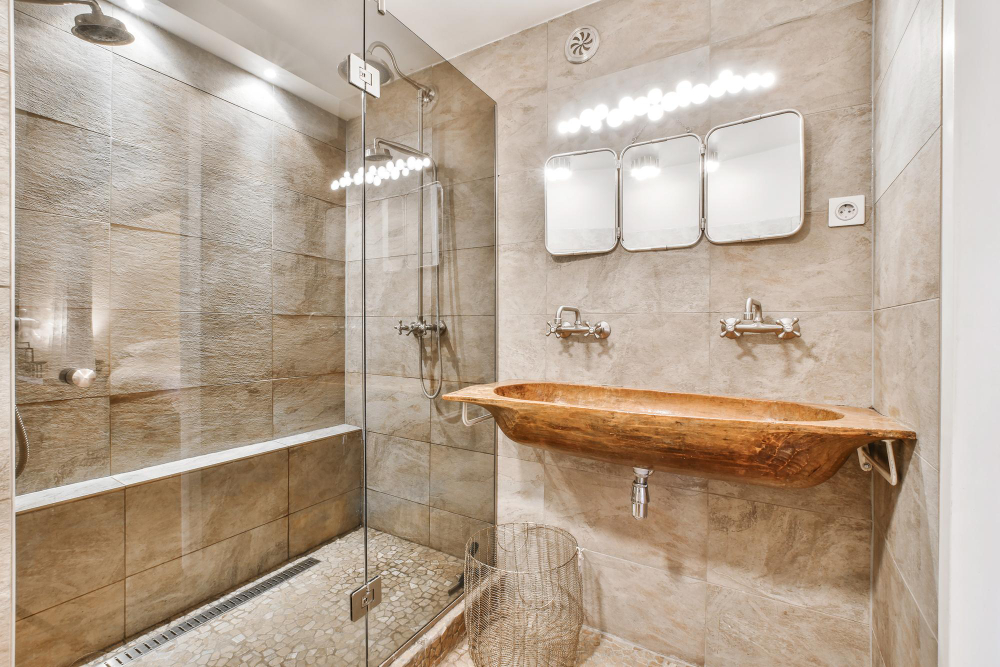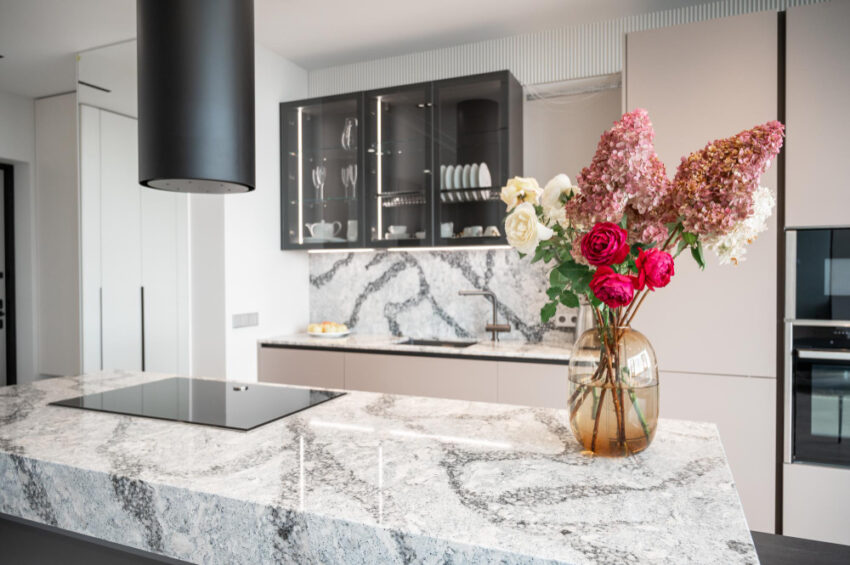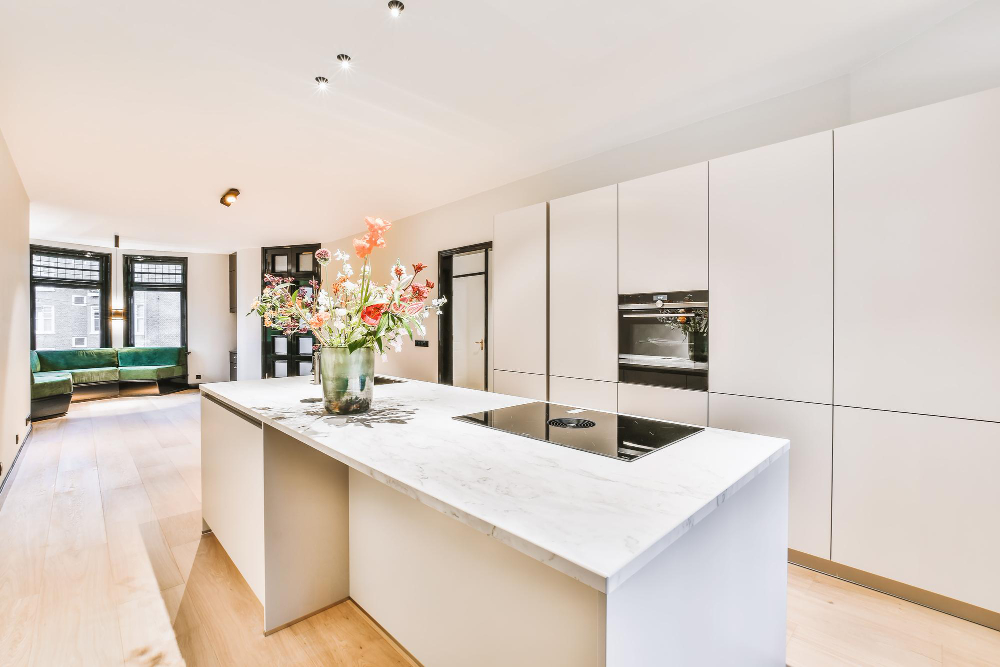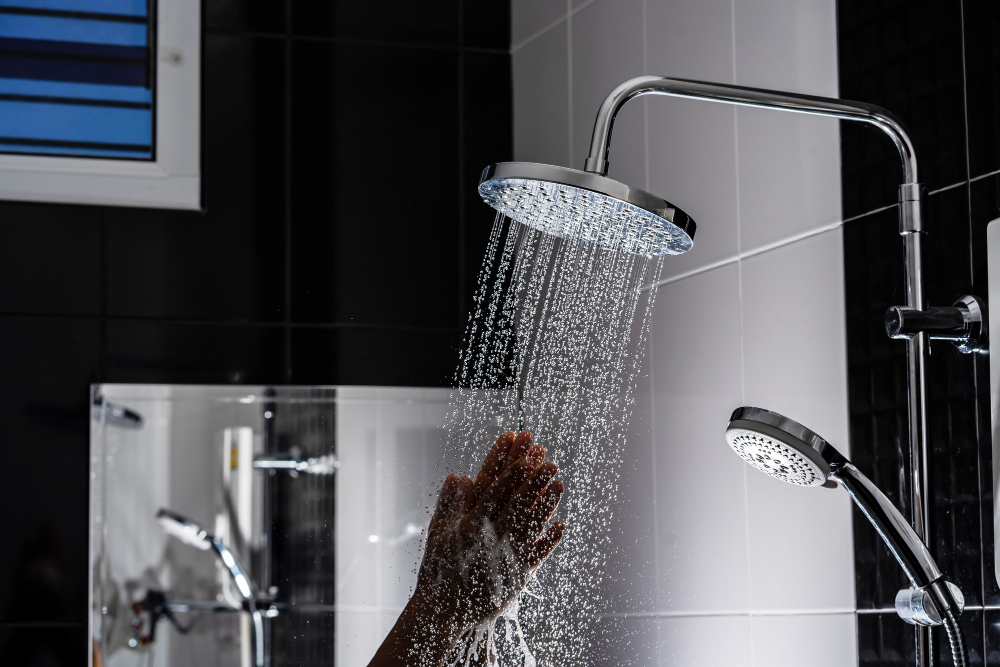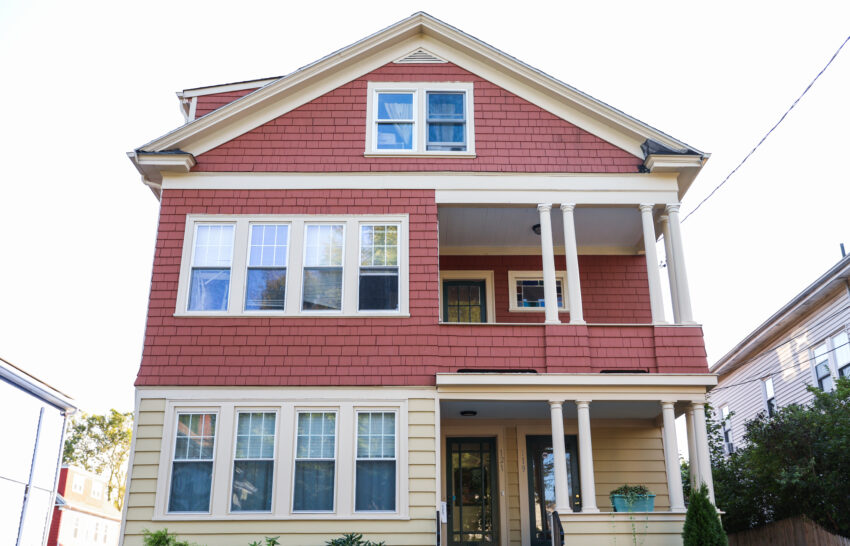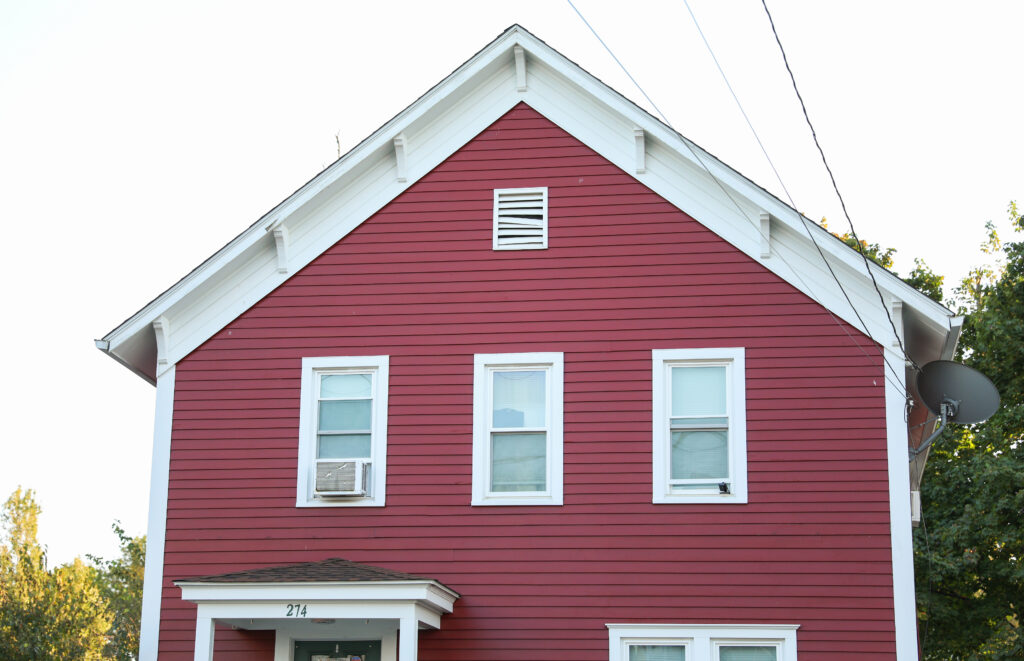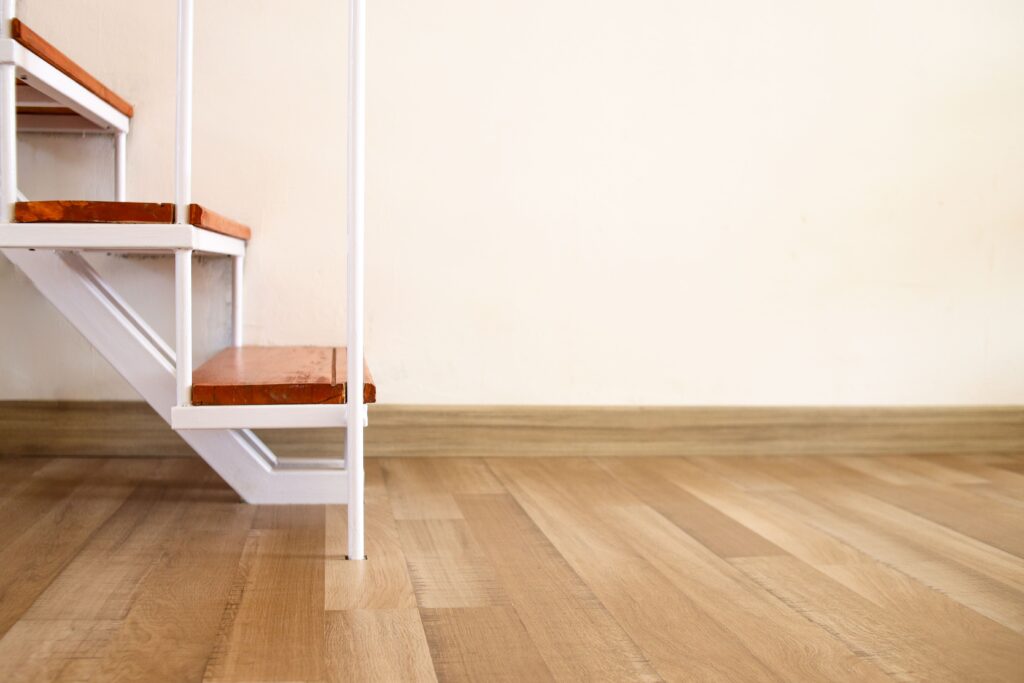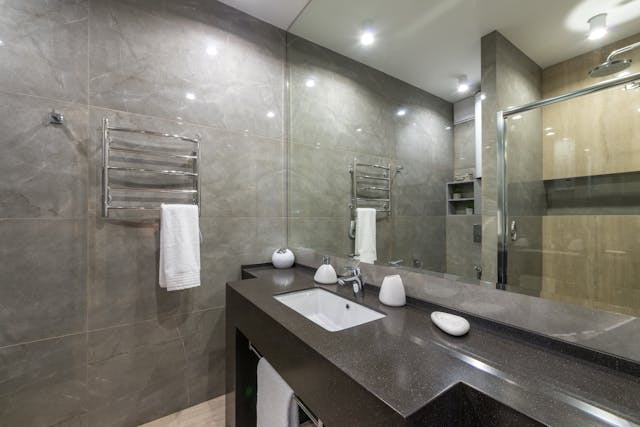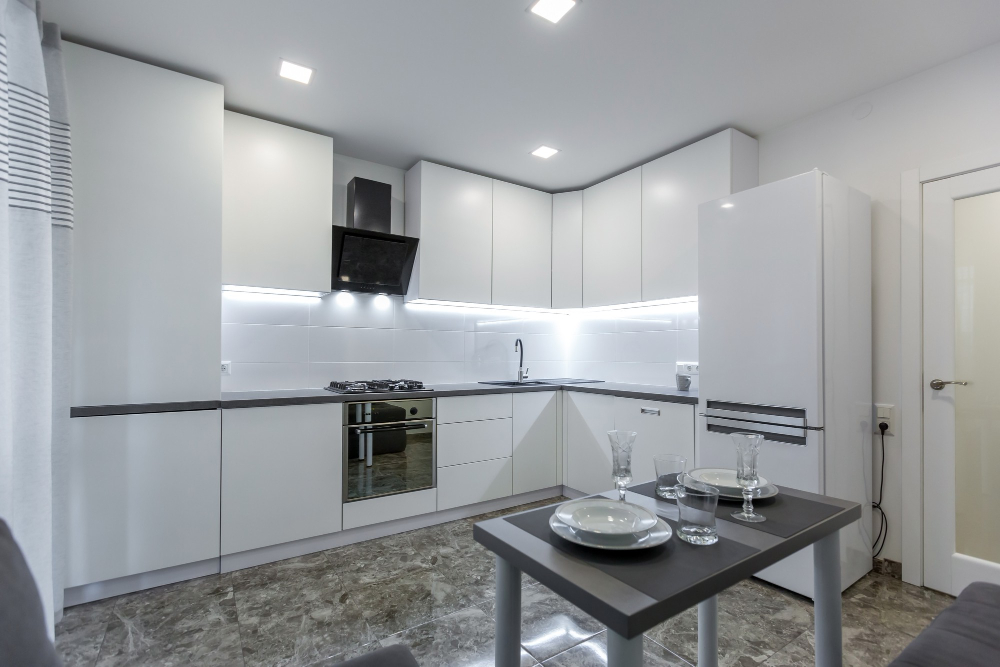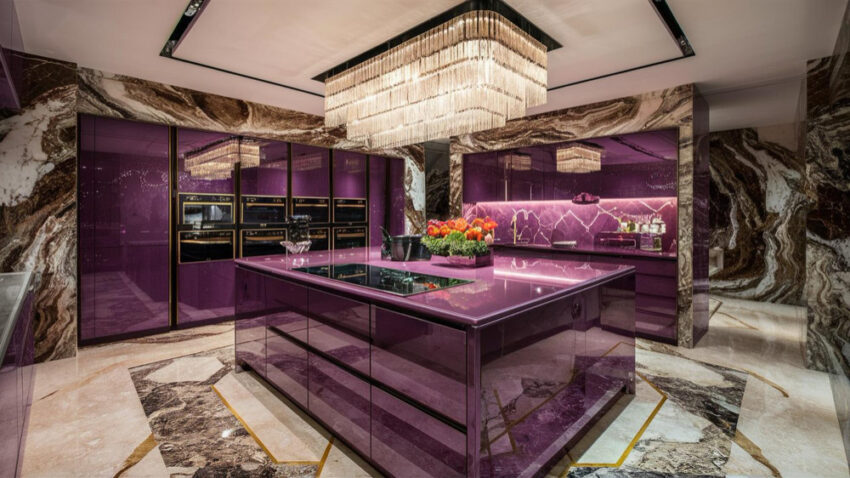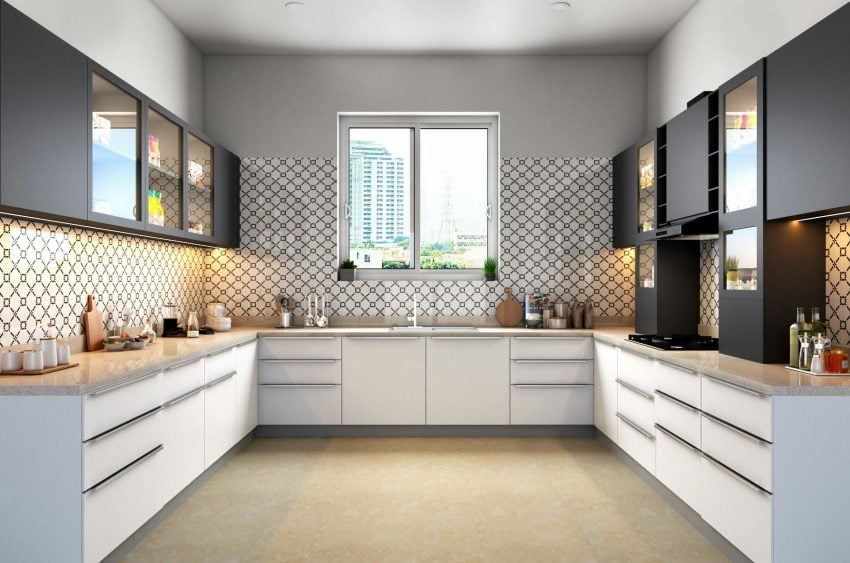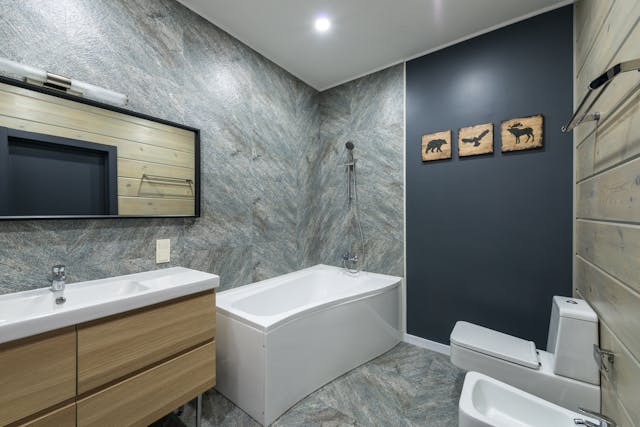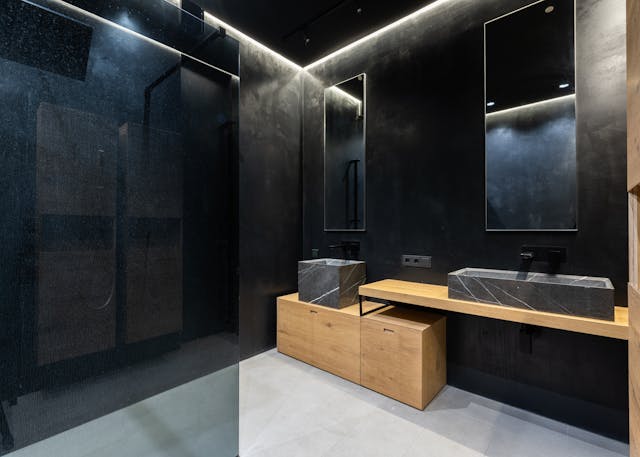Explore real-life stories of modern kitchen transformations. Discover how families used quartz and other surfaces to achieve beautiful, durable, and functional kitchens designed for everyday life.
Every kitchen remodel tells a story — from the first design sketch to that satisfying moment when the final countertop is set in place. Across Sacramento and beyond, homeowners are discovering how the right surface can completely redefine their kitchen’s mood, efficiency, and style.
In this piece, we’ll share true-to-life stories from homeowners who embraced modern home countertop renovation ideas and the lessons they learned during their remodel journey.
The Torres Family: Light, Bright, and Family-Ready
For the Torres family, functionality came first. With three kids and a constant rotation of snacks, homework, and dinner prep, they needed a countertop that could stand up to life — and look good doing it.
Their Choice: Engineered quartz in a soft, marble-like finish.
Why It Worked:
Non-porous surface handled spills without staining.
Matte texture hid fingerprints from little hands.
Light tone made their compact kitchen feel twice as large.
“We used to worry about every juice spill,” says Mrs. Torres. “Now cleanup takes seconds — it’s one of the best upgrades we’ve made.”
The Patel Remodel: A Stylish Space on a Smart Budget
After years of dreaming about a chef-inspired kitchen, the Patels decided to refresh their mid-century home with modern surfaces. Their goal was to bring warmth and light into a dated space without exceeding $12,000.
The Game Changer: Quartz surfaces from premium Cambria quartz surfaces.
They selected a subtle veined design that mimicked marble but offered far greater durability.
Installation took just three days.
Maintenance is nearly effortless — no sealing or polishing needed.
The bright tone paired perfectly with matte black hardware.
“We got the high-end look we wanted without high-end stress,” says Mr. Patel.
The Ramirez Kitchen: Textures That Tell a Story
For the Ramirezes, texture was everything. They paired honed quartz countertops with matte cabinetry, creating a refined, tactile look.
Highlights:
Used quartz on both perimeter counters and a waterfall island.
Integrated LED lighting under the island lip for subtle nighttime glow.
Combined light stone with warm oak floors for balance.
The mix of materials brought visual warmth while keeping their modern aesthetic clean and cohesive.
The Nguyen Update: Small Kitchen, Big Impression
The Nguyens live in a downtown condo with limited counter space. Their remodel focused on maximizing impact through detail and proportion.
Key Decisions:
Thin-edge quartz profile for a contemporary European look.
Continuous backsplash in the same material for a seamless feel.
Under-cabinet lighting to emphasize the countertop’s soft veining.
Even in a small space, these thoughtful upgrades created an atmosphere of quiet sophistication.
Common Themes in Every Remodel
Durability first: Every family wanted surfaces that handled daily life.
Less maintenance: Modern countertops are designed for ease and longevity.
Design unity: Consistent tones, textures, and lighting pull everything together.
What unites these stories is simple — today’s kitchen countertops aren’t just functional. They’re the foundation of a home’s modern design language.
Builder’s Notes
Whether you’re cooking for a family or hosting friends, the right countertop turns your kitchen into a statement of both practicality and personality.
👉 Draw inspiration from real homes. Invest in materials that reflect your lifestyle, and your countertop will tell a story worth sharing for decades.
